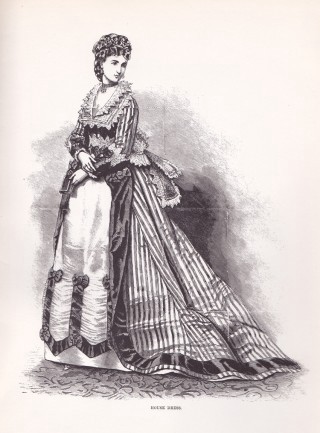The Girl With The Most Shoes

The fashion world was quick to turn its nose up at Simpson’s line. “Consumers aren’t dumb. The customer who is really interested in fashion is sophisticated. She will take a Marc Jacobs over a Jessica Simpson, every time,” Anna Wintour said in 2005. “Jessica Simpson is not a fashion designer,” the Costume Institute’s Harold Koda told Agins.
The rest of the country begged to differ. By 2008, the Jessica Simpson Collection moved into handbags, jewelry, and sunglasses, bringing in $300 million in sales. By 2010, sales climbed to $750 million.
On Racked, Chavie Lieber writes about the billion-dollar clothing empire built on Jessica Simpson’s name, and it is fascinating: celebrity-branded clothes reveal so much about what motivates us to make any purchase, like I was saying yesterday about supposed brand loyalty. I mean, no one can really tell if your shoes are printed with Jessica Simpson’s name on the sole, but that’s not the only reason people buy what they buy. Wearing a celebrity-branded line can mean that you like and identify with a person who made a particularly shrewd licensing deal, or it can mean the item in question was a reasonable price that suited your taste and budget. Either way, it’s like joining a collective, or signing up for a membership; you become part of something much, much bigger than any one person or name.
On a totally different note, The Independent has an excerpt from Alison Matthews David’s new book, Fashion Victims: The Dangers of Dress Past and Present. Davids is a professor at the Ryerson University School of Fashion, and her latest book is all about clothing that literally kills. It sounds… horrifying!
Victorian doctors and dress historians focus on mechanical constraint, but other more lethal hazards were also making headlines in the 19th century. Somehow we seem to have forgotten many highly feared and often lethal dangers, including clothing that transmitted contagious disease, leached chemical toxins, caught workers in moving machinery and went up in flames. Newspapers and medical journals alike were filled with warnings of virulent infections spread by dirty laundry, “drop-dead gorgeous” green dresses tinted and tainted with arsenic, grisly strangulations and combustible crinolines that burnt their wearers alive.
Anyway, I’m just going to leave this here.